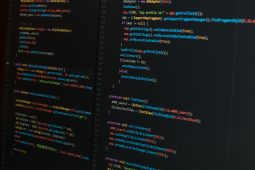HIGHTECH
In my last column, I said that depending on the circumstances, it is possible that an error may be produced when calculating a total, for example in an accounting system. Let’s explore such a situation in more detail.
Python use is growing worldwide, and with a recent dramatic rise here as well, Japan is no different.
Why is sharing a hot topic?
The term “sharing economy,” referring to services in which you can lend and borrow things, comes up a lot lately.
I’m Michiaki Furusho. I often use the handle “gallu” on the Web.
My name is Tadashi Yoshimasa. I have a wide range of experience, including helping to establish Japanese certification tests for things like Linux, XML, PHP, Ruby on Rails, Python and more. I have lead industry groups involved in OSS business activities.
There are various debates about business models for Open Source Software; here, I have grouped them into the following four categories.
(1) Distribution Model
(2) System Integration Model
(3) Service Model
(4) Other
This article introduces how the utilization of open-source software, or OSS, has advanced in Japan, while giving a brief overview of the history of OSS itself.
It’s very difficult to determine exactly when OSS first appeared, but in so far as its use in enterprises is concerned, the creation of Linux makes a good starting point, so we’ll start from there.
When using open-source software (OSS), have you ever stopped to wonder about who developed it?
In 2011, Marc Andreessen used the phrase “software is eating the world” in a column to describe the way that all industries would digitize, and all businesses would become software businesses.
Python is a globally popular programming language used for various purposes such as web development and data analysis. In recent years, it has been gaining more popularity in Japan; if you go to any large bookstore, you can easily find more than 20 books on it in the introductory manual section alone.











